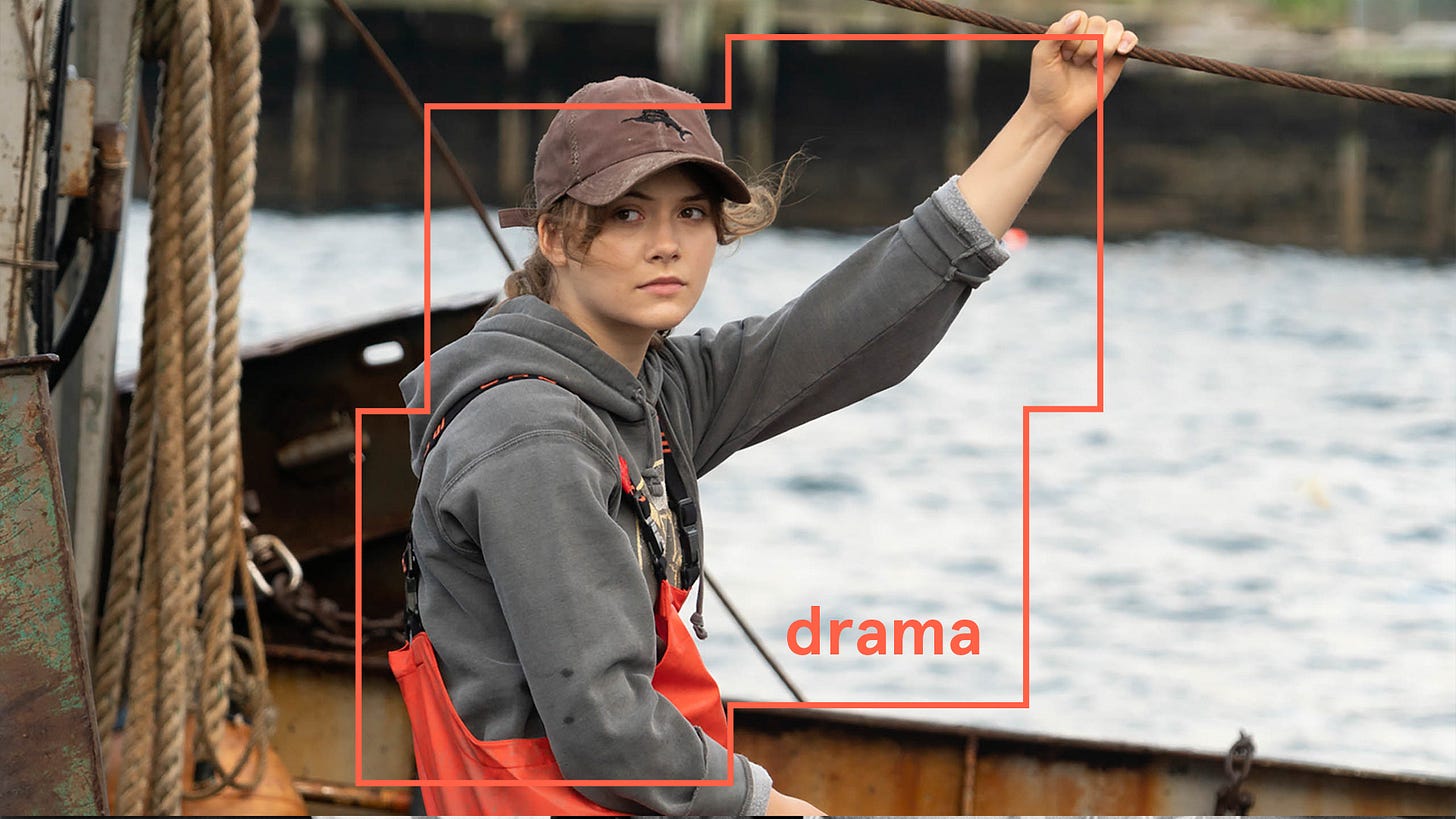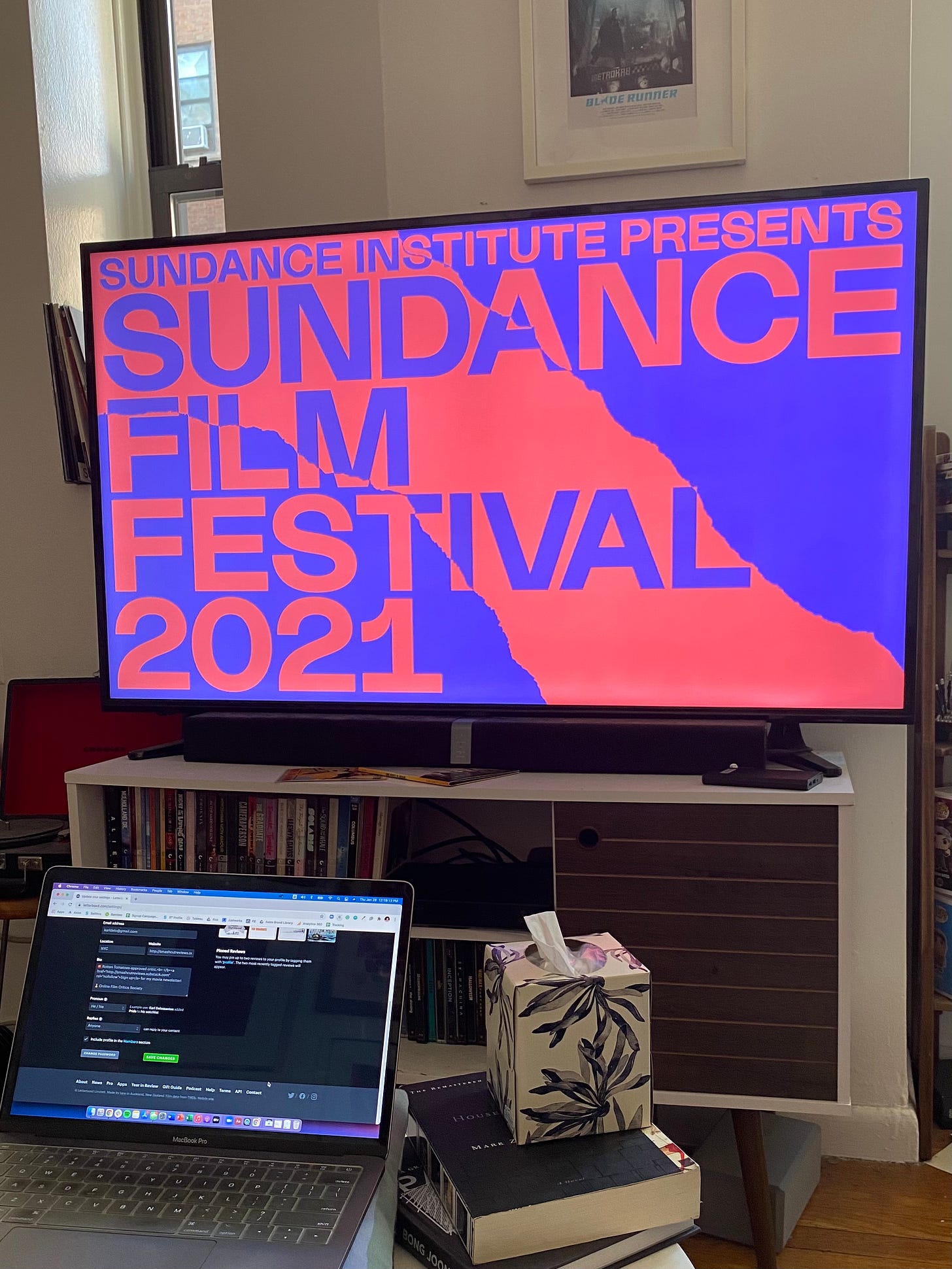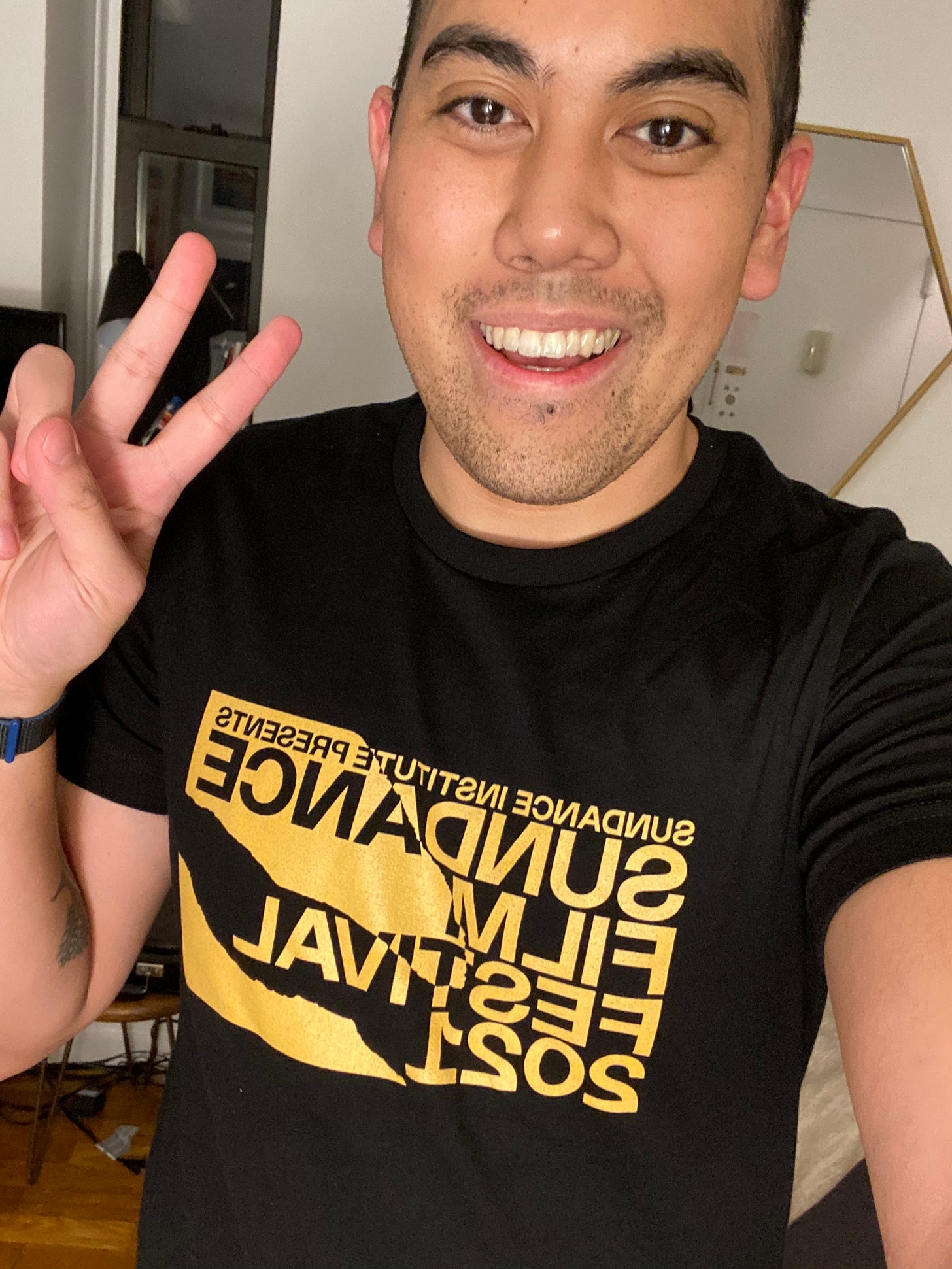Sorry to Bother You 📞 + 2021 Sundance Recap 🏔
Happy Friday! I hope you’ve been having a great week. Today’s recommendation goes with my Sundance deep dive since it premiered at the fest in 2018 and both of its stars are returning for this year’s fest.
🍿 Today’s movie: Sorry to Bother You is satire at its finest
Today’s movie is Boots Riley’s sci-fi fantasy dark comedy Sorry to Bother You starring Lakeith Stanfield and Tessa Thompson that premiered at the 2018 Sundance Film Festival. Here’s what it’s about:
In an alternate present-day (dystopian) version of Oakland, black telemarketer Cassius Green (Lakeith Stanfield) discovers a magical key to professional success — which propels him into a macabre universe of corporate intrigue involving the CEO (Armie Hammer) of the massive corporation WorryFree. [Trailer]
Why you should watch it: Sorry to Bother You is overwhelming, mesmerizing, confusing, terrifying, and perhaps, almost too smart for its own good. That being said, there’s never been a more stunning takedown of capitalism than this movie. It’s heartening to see something like it exist. Mostly because a movie like it has never existed. If any movie is postmodern, it’s this one.
Riley leverages provocative imagery that we have seen in our world — protests getting violent as they clash against authorities — and some that I sure as hell hope we never see — something involving horses. However, it’s all to serve his deeply relevant message. Sorry to Bother You is a wonderfully odd, madcap descent into madness that you’ll never want to leave.
Directed by Boots Riley
Runtime 112 mins
Year 2018
Genre Dark Comedy
On the (virtual) road
🏔 2021 Sundance Film Festival recap
I was fortunate enough to be invited back to cover the 2021 Sundance Film Festival, the first major fest of the year. 19 movies. 4 hours of sleep. 1 couch. Here’s how it went:
The experience
Last year, I was on a snowy mountaintop in Park City, Utah lacking sleep, hungry from skipping meals, and battling minor altitude sickness as I trudged through snow and ice-covered sidewalks to watch movies that may never be seen by the public. I loved every minute of it.
And while this year’s Sundance Film Festival was held virtually so that I could enjoy it from the comfort of my own couch, there was still a sense of anticipation largely thanks to clever work from the Sundance Institute to mimic the experience of the festival itself.
Part of the fun — and frustration — of any festival is taking bets on the right film to see. There were still screening blocks that forced you to pick between films and limited “seats” available for premieres. However, this time if you weren’t feeling a movie and wanted to start another you didn’t have to change theaters. It took two clicks.
Each film was still started with a slightly awkward introduction from a programmer and the filmmaker before we were treated to a beautiful homage to the Indigenous people and the land where Sundance usually takes place. But missing were the interactions with the hoards of volunteers that often were the best part of the fest.
However, what I did miss was the in-person aspect. Interacting with other critics and bloggers while waiting to get into the theater or finally finding a moment of peace to write in the corner of a hotel or the anticipation of maybe getting into a premiere if it had open space. My couch is still no Park City, especially when the buzzer from my food delivery can take you out of even the most engrossing film.
The films + acquisitions
There were certainly less buzzy films at this year’s fest, which was a blessing and a curse. Coming into the festival the only large centerpiece film was Judas and the Black Messiah, which we’ll get to. Fewer films came in with distribution meaning more chances to be surprised — and disappointed.
And even though there were more films available for acquisitions, there were few with one huge exception. Coda was acquired by Apple TV+, after a bidding war with Netflix and Amazon, for a record-breaking $25 million — it bested last year’s Palm Springs which broke the previous record with $22.5 million.
Usual streaming players like Netflix, Amazon, and Hulu were largely absent while indie studio A24, perhaps the most successful studio when it comes to Sundance, didn’t show or acquire anything at the fest. Though Neon, hot on their tails as always, acquired three documentaries and premiered one film.
For a handy list of all of this year’s acquisitions, check out Indiewire.
My favorite films
Compared to last year, which may have just been my first-time glow, this year’s slate felt minor by comparison. I came away last year loving a few films, this year I loved a couple and admired a few. Surely there were fewer submissions and fewer studios willing to premiere a film when they’d be unable to show it in theaters, so the programming team did the best with what they had. Here were my favorites:
Summer of Soul (…Or, When the Revolution Could Not Be Televised)

My final film of the fest and the best. Questlove’s Summer of Soul (...Or, When the Revolution Could Not Be Televised) is an archived look at the often forgotten Harlem Cultural Festival, a celebration of Black music and culture in the summer of 1969. Though it was often overshadowed by Woodstock, the festival was a watershed moment for the Black community. The movie is presented as a concert doc, except it uses the rhythm of each performance to underscore segments about the political and social environment happening around it — the various assassinations of the 60s, the Black Panther Party, etc. It’s a stunning, joyful, but enlightening doc of Black joy.
Where to watch it: The doc was acquired by Searchlight and Hulu for a record-breaking $12 million, the most for a documentary ever at a festival.
Judas and the Black Messiah

I won’t scoop myself here. More on this film next week…
Flee

Animation is an underutilized medium in documentary filmmaking, as Jonas Poher Rasmussen’s Flee clearly demonstrates. Rasmussen tells the story of his friend Amir — a pseudonym — about his life in Afghanistan, his escape to Russia as a refugee family during the Taliban’s occupation of Kabul, and how he found himself settled in Europe. To protect Amir’s identity, the film uses beautiful hand-drawn animation with bits of archival footage mixed in to give us an incredibly intimate look at Amir’s journey. However, what makes this documentary truly great is how it demonstrates how past trauma can affect your present life as Amir tries to move in with his boyfriend. [Full review]
Where to watch it: The doc was acquired by Neon. They’re looking to release it this year.
CODA

The first film that I enjoyed was the first one I saw: Sian Heder's CODA. The film focuses on shy high schooler Ruby (breakout Emilia Jones), the only hearing member of a culturally deaf family consisting of Jackie (Oscar-winner Marlee Matlin), Frank (Troy Kotsur), and Leo (Daniel Durant), who joins the school choir to spend more time with her crush. However, after the choir director realizes her raw talent, he encourages her to apply to music school — forcing her to decide between staying with her family or following her dreams. It doesn’t break far out of the coming-of-age drama formula, but there are beautiful moments of direction that help you understand what it’s like to be deaf in a hearing world. [Full review]
Where to watch it: CODA was acquired by Apple TV+ for a record-shattering $25 million. Expect to see it streaming on the platform for next year’s award season.
Every movie I watched ranked
Summer of Soul (...Or, When the Revolution Could Not Be Televised)
Judas and the Black Messiah
Flee
Coda
Mass
In the Earth
Passing
On the Count of Three
Coming Home in the Dark
We’re All Going to the World’s Fair
Marvelous and the Black Hole
Together Together
John and the Hole
Land
Prisoners of the Ghostland
Censor
Life in a Day 2020
Eight for Silver
The Blazing World
I’m going to sleep all weekend. Have a great one.
See you Monday —
Karl









